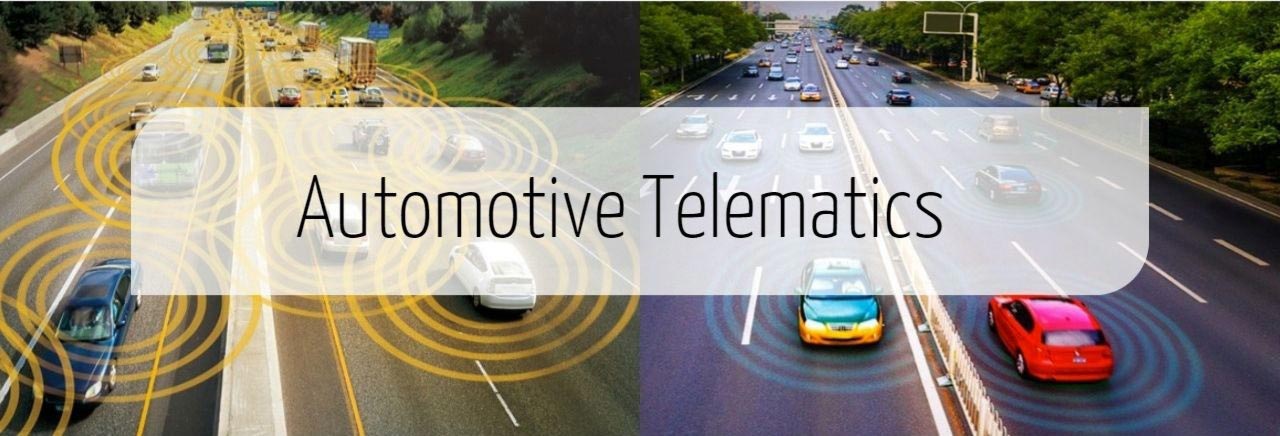
On January 4, 2019, Delhi, India, woke up to a very dense sheet of fog with very low visibility, When the smog cleared 25 vehicles were seen piled up on one of the busiest roads in Delhi. On February 24, 2019, Wisconsin, USA, 131 vehicles were piled up, leaving over 70 people injured. Losses worth thousands of dollars occurs to victims of such tragedy event. These are not the only incidents that take place, every year over a hundred thousand people lose their life because of road accidents. There are various reasons behind an accident, if we analyze all major scenarios of accidents, we can conclude that a huge number of accidents occur due to lack of information, and information can be conveyed by the means of communication. If the person behind the wheel was able to gather information of their surroundings, could communicate with the surrounding vehicles or at least alert them of the upcoming situation at the right time, such accidents could have been avoided or at least the intensity of these accidents could have been reduced to a major extent. The growing number of accidents on road is raising an issue and is directly questioning the in-built safety features of vehicles. Automobile manufacturer along with universities are developing different technologies that can ensure the safety of the passengers.
Vehicle-to-Vehicle communication (V2V/ V2X) is a technology that provides a medium for vehicles within a specific range to communicate with each other. This technology was developed after concluding that, a majority of the accidents on road occur because the driver of the following vehicle is not able to understand the actions of the vehicle ahead and fails to take an appropriate decision. If the driver of the following vehicle is alerted about the situation, his action and decisions will be more relevant according to the situation/circumstances which will lower the chances of an accident. It is not only helpful during heavy fog but can also be very useful in daily routine.
V2X is developed as an integral part of the Intelligent Transportation System which operates on dedicated short-range communication with a frequency of 5.9GHz and a bandwidth of 75MHz. Every V2X enabled vehicle acts as a node that is capable of broadcasting its data omnidirectionally and simultaneously receiving data from the nearby nodes. This exchange of information virtually creates a 360-degree vision for the driver, alerting them of any perilous situation in advance. Only the relevant data that can be processed to prevent accidents or help the driver take a better decision is broadcasted, for example, vehicle location, direction of travel, speed, sudden acceleration or deceleration, braking, traction, and other relevant data. The processed data is helpful to the driver to build a clear picture of their surrounding apart from his Line of Sight. With further development in ITS technology vehicles will be capable of communicating with the nearby infrastructure as well. Braking pattern of any vehicle can be used to predict the traffic status of that place, this can be used to reduce the traffic congestion and permit a seamless flow of traffic. It can also be used to trigger an alert notification of an oncoming vehicle at a blind turn. Apart from this, it can also improve the fuel efficiency of the vehicle. NHTSA stated that this technology could prevent more than half a million accidents in a year.
V2X is expected to be one of the pillars for self-driving cars and Intelligent transportation system. However, it is yet to overcome some major setback and adapt to changes in driving patterns but with further advancement in ITS technology, it could be expected that roads will be safer than ever.



